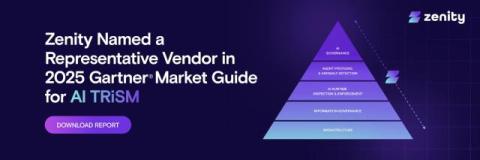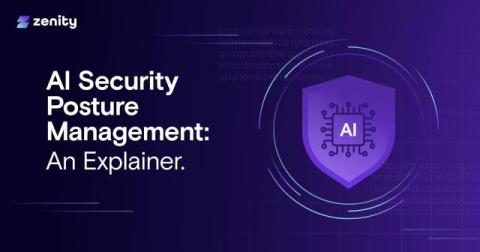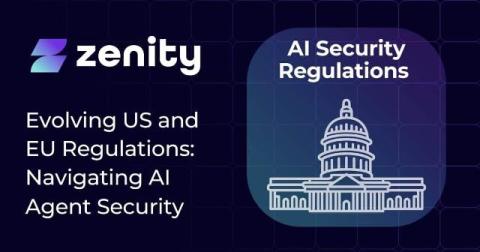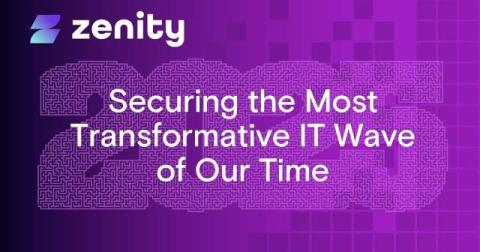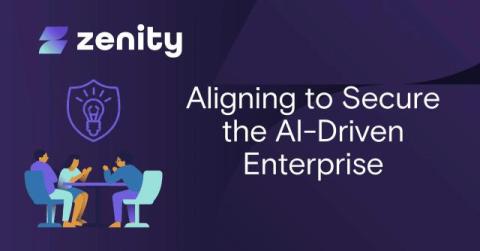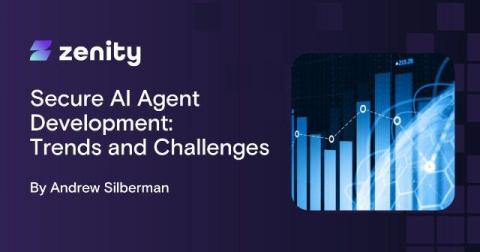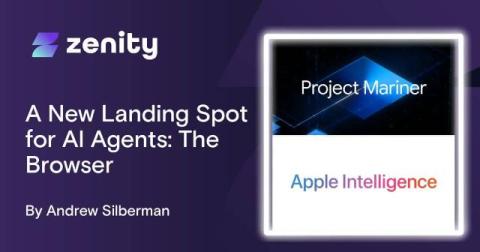Zenity Recognized in Gartner AI TRiSM Market Guide
Innovation, specifically the evolution of technology, has always been about expanding what’s possible or simplifying today’s complexity – sometimes both. We saw this with the internet revolution, adoption of cloud computing, remote working, low-code/no-code, and now AI is fundamentally reshaping how teams operate. While these advancements bring opportunities for organizations and push people’s creativity to new limits, they also introduce new risks.


